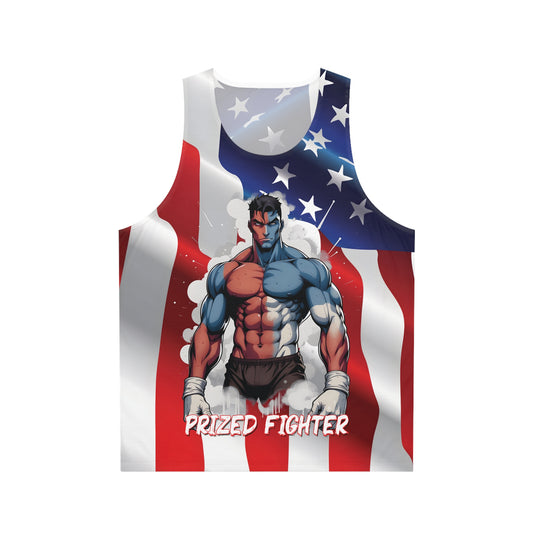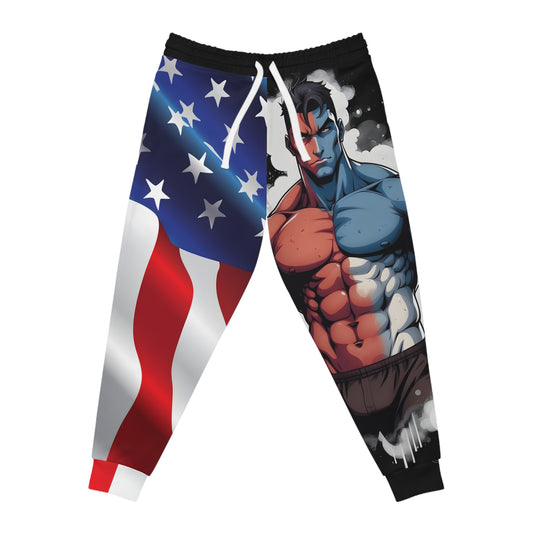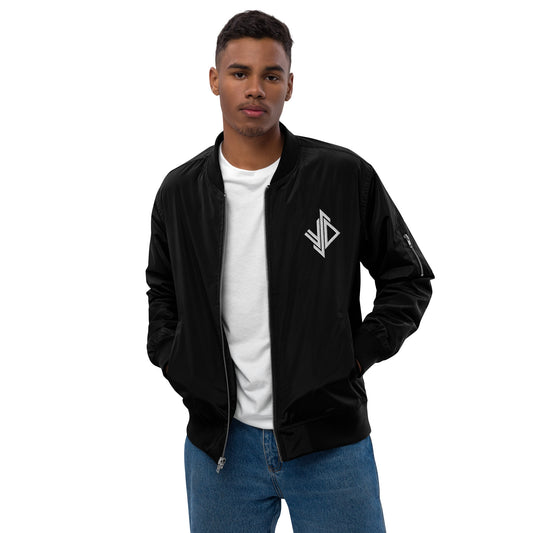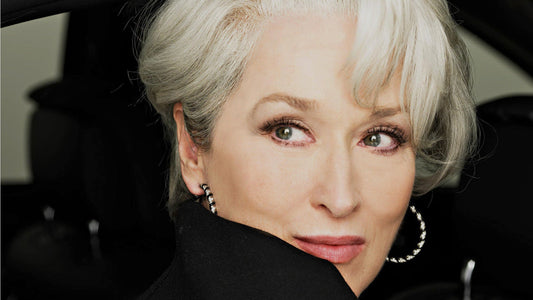
David Bowie on Fashion: Timeless Influence
David Bowie, a name synonymous with innovation and creativity, has left an indelible mark on the music and fashion industries. Over his illustrious career, he transformed not only the landscape of rock music but also the way we perceive and engage with fashion. This article will delve into the history of David Bowie, his influence on the fashion industry, explore the top 5 iconic Bowie looks, provide guidance on how to dress like him, and remember some of his most iconic moments. We will also address some frequently asked questions about this legendary figure.
The History of David Bowie
Born David Robert Jones on January 8, 1947, in Brixton, London, the man who would become known as David Bowie began his career as a musician in the 1960s. His journey into the world of music started at a young age, influenced by artists like Little Richard and Elvis Presley. Bowie’s early work included various bands, but his breakthrough came with the release of "Space Oddity" in 1969, which introduced his unique sound and theatrical style to the public. The song’s success coincided with the Apollo 11 moon landing, and its themes of isolation and exploration resonated deeply with audiences.
Throughout the 1970s, Bowie continued to evolve, adopting various personas that challenged societal norms and redefined the concept of stardom. His ability to reinvent himself was groundbreaking; each new persona brought with it a distinctive visual style. The rise of Ziggy Stardust in 1972 marked a pivotal turning point in his career, where Bowie became an emblem of glam rock, characterized by outrageous costumes, flamboyant stage performances, and a blend of rock music with performance art.
Bowie's fascination with identity, transformation, and self-expression is evident in his music, as well as his fashion choices. He created characters such as Ziggy Stardust, Aladdin Sane, and the Thin White Duke, each distinct in style and substance. This fluidity not only captivated audiences but also inspired countless artists and fashion designers who sought to capture his essence in their work.
The Influence of David Bowie on the Fashion Industry
David Bowie's impact on fashion is profound and far-reaching. He integrated music and style, encouraging the expression of individuality through clothing. Bowie's daring fashion choices challenged traditional gender norms and paved the way for future generations to explore their identities through personal style. Long before the term "gender-fluid" became widely used, Bowie was the embodiment of it, often sporting outfits that blurred the lines between masculine and feminine.
His collaborations with renowned designers such as Alexander McQueen and Gianni Versace cemented his status as a fashion icon. In 1974, his album "Diamond Dogs" was complemented by a stunning promotional campaign that showcased his bold fashion sense, marrying art and style in ways that hadn't been done before. Bowie's ability to blend high fashion with street style allowed him to remain culturally relevant, influencing designers to push boundaries and embrace avant-garde aesthetics.
Fashion magazines frequently showcased Bowie, and his looks influenced designers and trends throughout the 1970s and beyond. His appearances on television and at art galleries were marked by elaborate outfits that often became the talk of the town. For many, Bowie represented the ultimate liberation in fashion, encouraging self-expression and creativity over conformity. His influence can be seen not just in music and theater, but in everyday fashion, inspiring artists from Lady Gaga to Kanye West.
Top 5 Iconic David Bowie Looks
David Bowie was known for his eclectic and often extravagant fashion choices. Below are five iconic looks that epitomize his unique style and cultural impact. For each look, we’ll explore the aesthetic elements and how to emulate them in modern fashion.
1. Ziggy Stardust
Perhaps Bowie’s most famous persona, Ziggy Stardust, introduced a new era of glam rock that celebrated ambiguity and theatricality. With bright red hair, flamboyant jumpsuits, and bold makeup, this character embodied the rebellion of the 1970s. The Ziggy look was characterized by:
- Bright red mullet hairstyle, often styled with dramatic volume.
- Sparkly, metallic fabrics and vibrant colors, including pinks, blues, and golds.
- Exaggerated eye makeup with glitter, especially around the eyes.
To achieve this iconic look, consider the following tips:
- Opt for colorful wigs if you’re not willing to dye your hair, with styles that mimic Ziggy's signature mullet.
- Look for sequined clothing or metallic jumpsuits, which can often be found at vintage shops or online retailers.
- Channel the character's bold makeup by applying vibrant eye shadows and using glitter for a theatrical touch.
The essence of Ziggy Stardust is about embracing flamboyance and being unapologetically yourself.
2. Aladdin Sane
Following Ziggy Stardust, the Aladdin Sane character introduced a more androgynous look with the iconic lightning bolt face paint. This look represented a mixture of glam and avant-garde, showcasing Bowie's artistic talent. The key elements of the Aladdin Sane look include:
- The striking lightning bolt makeup across the face, a visual symbol of the character.
- Sharp suits with bold patterns, often featuring checks and plaid designs.
- Unconventional hairstyles, frequently dyed in vivid colors, reflecting the era's experimental spirit.
To emulate the Aladdin Sane look:
- Use face paint or makeup to recreate the lightning bolt; consider using face gems or glitter for added effect.
- Choose sharp, tailored suits but don’t be afraid to mix patterns—pairing checked trousers with a striped blazer, for instance.
- Dyeing your hair in vibrant shades can add to the androgynous flair of this character.
3. The Thin White Duke
In the 1976 film "The Man Who Fell to Earth," Bowie appeared as the Thin White Duke, a character defined by elegance and sophistication. This look is characterized by:
- Stylish all-black ensembles, often made of luxurious fabrics.
- Classic suits with a slim fit that accentuate the body’s lines.
- Chic accessories such as sunglasses and dapper hats that complete the sophisticated air.
To channel this look, consider the following style tips:
- Choose fitted black suits; a well-tailored suit jacket or blazer paired with tailored trousers can exude elegance.
- Add accessories like a black fedora or elegant eyewear to enhance your look.
- Footwear should be polished—consider oxfords or sleek ankle boots to maintain the formal aesthetic.
4. The Berlin Trilogy
During the late 1970s, Bowie transitioned to a more minimalist aesthetic, particularly during his time in Berlin, which produced the remarkable "Berlin Trilogy" of albums: "Low," "Heroes," and "Lodger." This era brought forth a more subdued and avant-garde style characterized by:
- Muted colors and textures, often favoring monochromatic palettes.
- Layering and casual fits in clothes—think oversized jackets and comfortable trousers.
- An emphasis on music over persona, focusing on the art rather than the extravagance of appearance.
This minimalist approach favored comfort and practicality, making it highly relatable. Look for relaxed clothing and a monochromatic color palette to achieve this understated look:
- Invest in oversized sweaters or jackets that provide comfort and style.
- Choose well-fitted pants in neutral tones to create a cohesive look.
- Accessorize with understated jewelry and minimalistic shoes for a balanced appearance.
5. Modern Bowie
In his later years, Bowie maintained a unique style that combined elements from his previous personas while embracing contemporary fashion. This look often included:
- Tailored suits with bold prints and contrasting colors, embodying a creative spirit.
- Funky hats and accessories that spoke to his playful nature.
- Casual yet stylish streetwear, blending comfort with high fashion.
To achieve a modern Bowie look:
- Mix sharp tailored pieces with casual items; for example, pair a quirky graphic tee with a tailored blazer.
- Experiment with colorful accessories, such as patterned scarves or eccentric hats, to add character to your outfit.
- Consider layering textures and patterns—don’t hesitate to mix and match to create a look that feels personal and unique.
How to Dress Like David Bowie
Dressing like David Bowie involves embracing creativity, self-expression, and a rejection of traditional norms. Here are some tips on how to capture his essence:
Experiment with Colors and Patterns
Bowie was known for his adventurous use of colors and patterns. Don't shy away from bold hues, sequins, or eye-catching prints. A colorful palette can evoke joy and individuality, which are central to Bowie’s legacy.
Embrace Androgyny
One of Bowie's significant influences was his challenge to gender norms. Mixing traditionally masculine and feminine clothing can create a unique style that reflects Bowie's spirit while allowing personal expression.
Accessorize Boldly
Jewelry, hats, and funky shoes can elevate any outfit. Look for unique pieces to add a touch of Bowie flair. Experimenting with accessories is a great way to personalize your look, allowing for variations that speak to your unique taste.
Play with Makeup
Makeup was a crucial part of many of Bowie's looks. You can experiment with bold eye makeup or even face paint to capture the theatrical aspects of his characters. A pop of colorful eyeliner or a touch of glitter can make a significant difference.
Stay True to Yourself
Above all, style is personal. While drawing inspiration from Bowie, ensure that your expression reflects who you are. Bowie himself was all about reinvention and evolution in style, so feel free to experiment and find what resonates with your personality.
Remembering David Bowie's Most Iconic Moments
David Bowie's career is filled with memorable moments that continue to inspire artists and fans alike. Some of the most significant include:
- The 1972 launch of Ziggy Stardust, a persona that transformed the glam rock landscape and influenced countless musicians and performers.
- His performance at the 1974 Diamond Dogs tour, which showcased his theatrical prowess and cemented his status as a live performer.
- The release of "Heroes" during the late 1970s, a song that symbolized hope and resilience during a time of social and political upheaval.
- His comeback at the 2000 Glastonbury Festival, which introduced him to new generations of fans and solidified his continuing relevance in popular culture.
- His final album, "Blackstar," released just days before his death in 2016, is a poignant masterpiece that reflects on mortality and legacy, further engraving his mark on music history.
Frequently Asked Questions
What is David Bowie's most famous song?
While Bowie has many iconic songs, "Space Oddity" is often regarded as his most famous track due to its innovative sound and storytelling. Other notable tracks include "Changes," "Heroes," and "Let's Dance."
How did David Bowie influence modern fashion?
Bowie changed perceptions of identity and gender in fashion. His eclectic style encouraged artists and designers to explore new realms of creativity, paving the way for future trends. The fusion of art and fashion became more prevalent thanks to his influence.
What is the significance of Bowie's Ziggy Stardust persona?
Ziggy Stardust represented the clash of rock and glam, speaking to themes of liberation and self-identity. This character remains a symbol of artistic expression, challenging societal norms, and opening the doors for broader definitions of gender and sexuality in pop culture.
How can I emulate David Bowie's style today?
To emulate Bowie's style, incorporate bold colors, mix patterns, and embrace androgyny. Use accessories to express individuality, and always stay true to your personal style. Remember that fashion is about self-expression, not just trends.
Why is David Bowie considered an icon?
Bowie is considered an icon due to his groundbreaking contributions to music and fashion, along with his ability to constantly reinvent himself. His influence transcends generations, making him a lasting symbol of creative freedom. He remains an inspiration for musicians, artists, and fashion enthusiasts worldwide.
Conclusion
David Bowie was more than a musician; he was a cultural phenomenon whose influence on fashion, music, and identity is still felt today. By embracing the spirit of self-expression and creativity that Bowie championed, we can honor his legacy and continue to be inspired by his iconic style and performances. Whether you choose to channel Ziggy Stardust or the Thin White Duke, the key is to express your individuality















